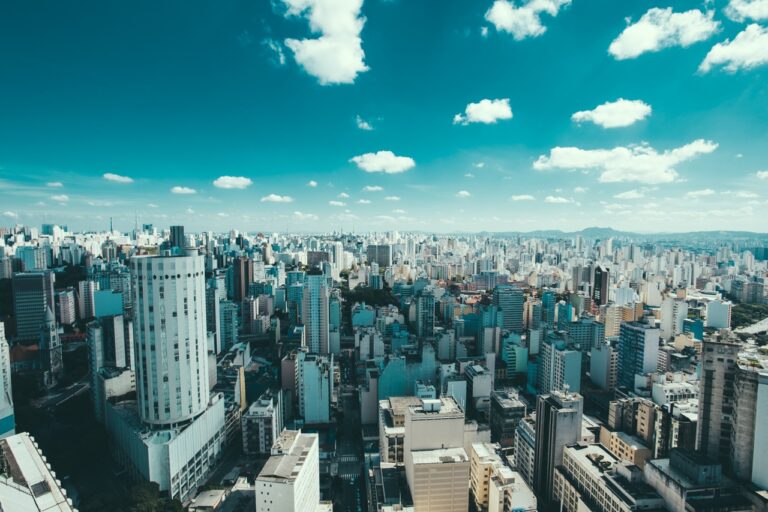Physical Address
304 North Cardinal St.
Dorchester Center, MA 02124
Physical Address
304 North Cardinal St.
Dorchester Center, MA 02124

My guest this week is Anthony Ling. Anthony is founder and editor of Caos Planejado, a Brazilian website on cities and urban planning. He also founded Bora, a transportation technology startup and is currently an MBA candidate at Stanford University. He graduated Architecture and Urban Planning at Universidade Federal do Rio Grande do Sul and worked with Isay Weinfeld early in his career. Read more about the ideas discussed in this week’s episode: Be sure to check out Caos Planejado. Whether Portuguese is your native language or you’re interested in Brazilian urban planning issues, it’s a fantastic resource. Learn more about the emergent order of informal favela development. Everyone interested in urban planning should, at the very lease, read the Wikipedia article on Brasilia. Learn more about on-demand transit. Help spread the word! If you are enjoying the podcast, please subscribe and rate us on your favorite podcasting platform. Find us on iTunes, PlayerFM, Pocket Casts, Stitcher, and Soundcloud. Our theme music is “Origami” by Graham Bole, hosted on the Free Music Archive.
Tyler Cowen of Marginal Revolution asks a great question: How good would the abolition of zoning in New York City be? He argues that zoning restrictions prevent Manhattan from being a “forest of skyscrapers” such as Sao Paulo. Many of Manhattan’s skyscrapers are much taller than typical Sao Paulo skyscrapers. This is mostly because the rock that lies under Midtown and Downtown nearly eliminates the marginal cost of foundations for taller buildings. On the rest of Manhattan island the soil is less friendly to skyscrapers, rendering tall buildings less economical. Nonetheless, restrictive zoning prohibits optimal density in almost all areas of Manhattan. The restrictions are mostly created to cater to NIMBY activists who are afraid of too many people moving to their neighborhood, using more parking spots, making sidewalks more crowded, blocking views, and altering the “character” of their neighborhood. These activists have been granted property rights over their neighbors’ land by pandering politicians. Of course, this restricts creative destruction, and prevents entrepreneurs from increasing supply to meet the market demand. Shortages arise as a result of the density restrictions coupled with a limited stock of developable land. On top of all that, bureaucracy creates barriers to entry for new development. Only well-connected developers are able to grease city hall to get favorable zoning, and subsidies that others could not. This raises the price of land to a level that only well-connected developers can afford, flushing out wannabes that would build more housing and office space. Zoning restrictions, bureaucratic delays, and barriers to entry in NYC create a shortage of housing and office space, drive prices though the roof, and forces people to migrate to the outer boroughs and suburbs to find an affordable place to live. Without density restrictions, Manhattan would still be very expensive due to the higher […]